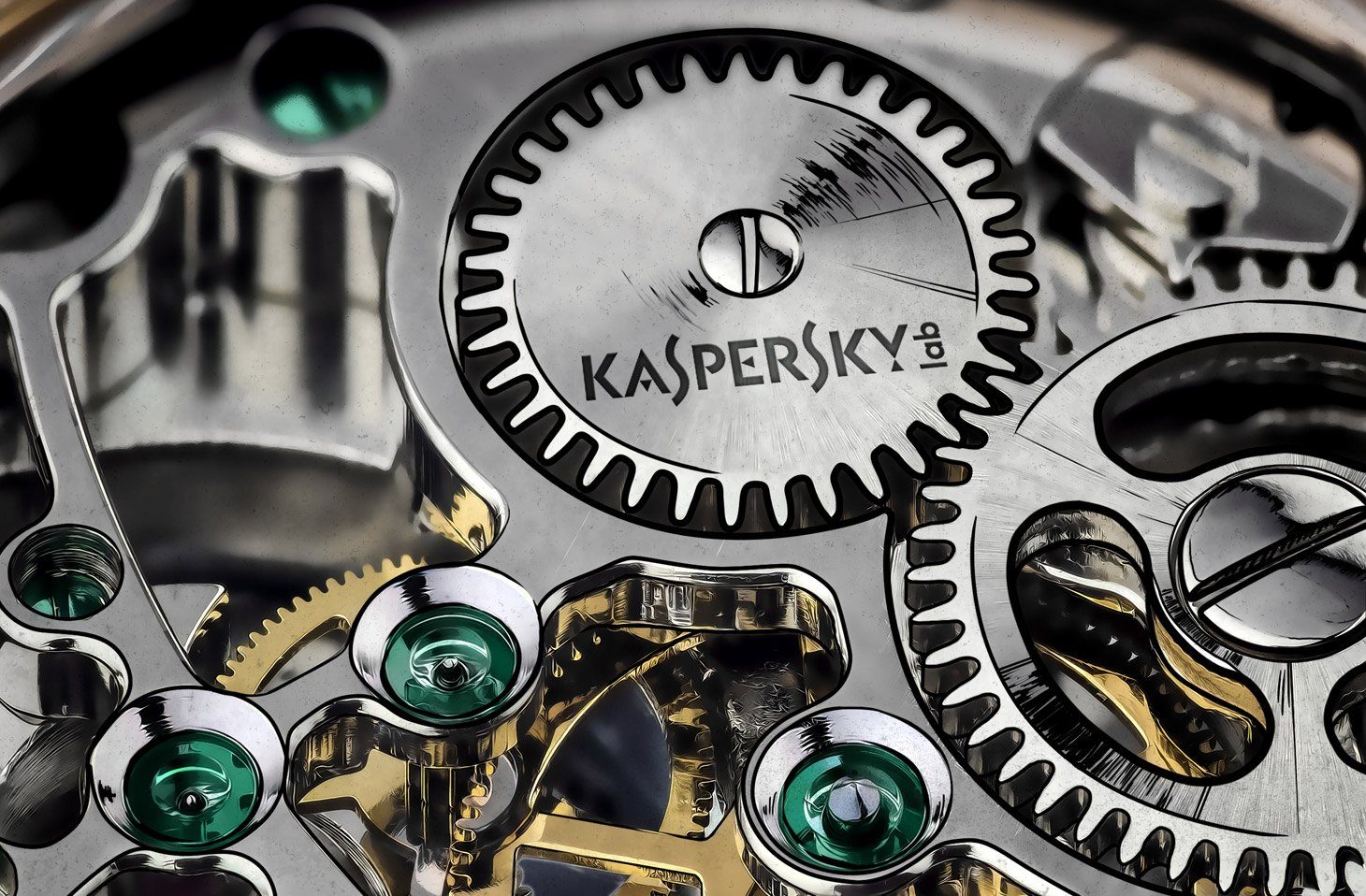FAQ
— What was this internal investigation about?
— In October 2017, several U.S. media outlets described an incident involving Kaspersky Security Network and NSA classified data allegedly exfiltrated in 2015. We decided to double-check everything.
— Did you find any information about such an incident?
— No, we didn’t find anything about a 2015 incident. However, there was an incident in 2014 that resembled what was recently described in media reports.
— What happened, exactly?
— Our product detected known Equation malware on a user’s system. Later, on the same system, it also detected a non-Equation backdoor originating from a pirated copy of Microsoft Office, and a 7-Zip archive containing samples of previously unknown malware. After it detected them, our product sent the archive to our antivirus researchers for analysis. As it turned out, the archive contained malware source code that appeared to be related to the Equation Group, as well as several Word documents bearing classification markings.
— What was the backdoor?
— It was the Mokes backdoor, also known as “Smoke Bot” or “Smoke Loader.” The interesting thing about this malware is that it was available for purchase on Russian underground forums in 2011. Also noteworthy is that the command-and-control servers of this malware were registered to a (presumably) Chinese entity going by the name “Zhou Lou” during the period of September to November 2014.
— Was it the only malware that the PC in question was infected with?
— Hard to tell: Our product was disabled on this system for a significant period of time. However, we can say that while our product was enabled, it reported 121 alarms on different types of non-Equation malware: backdoors, exploits, Trojans, and adware. So it seems that this PC became quite a popular malware target.
— Did your software intentionally search for this kind of archive — using keywords like “top secret” or “classified,” for example?
— No, it didn’t. The malicious archive was automatically detected by our proactive protection technologies.
— Did you share this archive and/or files it contained to any third party?
— No, we didn’t. Moreover, we immediately deleted the archive by order of the CEO.
— Why did you delete the files?
— Because we don’t need source code, let alone presumably classified Word documents, to improve our protection. Compiled files (binaries) are more than enough for that — these and only these files remain in our storage.
— Did you find any evidence of your corporate network being compromised?
— Aside from Duqu 2.0, which we publicly reported following the incident, no, we didn’t.
— Are you willing to share your data with an independent party?
— Yes, we are prepared to provide all of the data for an independent audit. In the meantime, you can find more technical details in our report at Securelist.
Full results
In October 2017, Kaspersky Lab initiated a thorough review of our telemetry logs in relation to alleged 2015 incidents described in the media. We were aware only of one single incident that happened in 2014 during an APT investigation when our detection subsystems caught what appeared to be Equation malware source code files and decided to check if there were any similar incidents. Additionally, we decided to investigate if there were any third party intrusions in our systems besides Duqu 2.0 at the time of this alleged 2015 incident.
We have performed a deep investigation associated with the case from 2014 and preliminary results of this investigation revealed the following:
- During the investigation of the Equation APT (Advanced Persistent Threat), we have observed infections from all around the world, in more than 40 countries.
- Some of these infections have been observed in the USA.
- As a routine procedure, Kaspersky Lab has been informing the relevant U.S. Government institutions about active APT infections in the USA.
- One of the infections in the USA consisted in what appeared to be new, unknown and debug variants of malware used by the Equation group.
- The incident where the new Equation samples were detected used our line of products for home users, with KSN enabled and automatic sample submission of new and unknown malware turned on.
- The first detection of Equation malware in this incident was on September 11 2014. The following sample was detected:
- 44006165AABF2C39063A419BC73D790D
- mpdkg32.dll
- Following these detections, the user appears to have downloaded and installed pirated software on his machines, as indicated by an illegal Microsoft Office activation key generator (aka “keygen”) (md5: a82c0575f214bdc7c8ef5a06116cd2a4 — for detection coverage, see this VirusTotal link) which turned out to be infected with malware. Kaspersky Lab products detected the malware with the verdict Win32.Mokes.hvl.
- The malware was detected inside a folder named “Office-2013-PPVL-x64-en-US-Oct2013.iso”. This suggests an ISO image mounted in the system as a virtual drive/folder.
- Detection for the Backdoor.Win32.Mokes.hvl (the fake keygen) has been available in Kaspersky Lab products since 2013.
- The first detection of the malicious (fake) keygen on this machine was on October 4 2014.
- To install and run this keygen, the user appears to have disabled the Kaspersky products on his machine. Our telemetry does not allow us to say when the antivirus was disabled, however, the fact that the keygen malware was later detected as running in the system suggests the antivirus had been disabled or was not running when the keygen was run. Executing the keygen would not have been possible with the antivirus enabled.
- The user was infected with this malware for an unspecified period, while the product was inactive. The malware dropped from the trojanized keygen was a full blown backdoor which may have allowed third parties access to the user’s machine.
- At a later time, the user re-enabled the antivirus and the product properly detected (verdict: “Win32.Mokes.hvl“) and blocked this malware from running further.
- As part of the current investigation, Kaspersky Lab researchers took a deeper look at this backdoor and other non-Equation, threat-related telemetry sent from the computer. It is public knowledge that the Mokes backdoor (also known as “Smoke Bot” or “Smoke Loader”) appeared on Russian underground forums; it was made available for purchase in 2011. Kaspersky Lab research shows that, during the period of September to November 2014, the command-and-control servers of this malware were registered to an apparently Chinese entity going by the name “Zhou Lou.” Technical analysis of the Mokes backdoor can be found here.
- Over a period of two months, the product installed on the system in question reported alerts on 121 items of non-Equation malware: backdoors, exploits, Trojans, and adware. The limited amount of available telemetry allows us to confirm our product spotted the threats; however, it is impossible to determine if they were executing during the period the product was disabled. Kaspersky Lab continues to research the other malicious samples, and further results will be published as soon as the analysis is complete.
- After being infected with the Win32.Mokes.hvl malware, the user scanned the computer multiple times which resulted in detections of new and unknown variants of Equation APT malware.
- The last detection from this machine was on November 17 2014.
- One of the files detected by the product as new variants of Equation APT malware was a 7zip archive.
- The archive itself was detected as malicious and submitted to Kaspersky Lab for analysis, where it was processed by one of the analysts. Upon processing, the archive was found to contain multiple malware samples and source code for what appeared to be Equation malware, and four Word documents bearing classification markings.
- After discovering the suspected Equation malware source code, the analyst reported the incident to the CEO. Following a request from the CEO, the archive was deleted from all our systems. The archive was not shared with any third parties.
- Because of this incident, a new policy was created for all malware analysts: They are now required to delete any potentially classified material accidentally collected during antimalware research.
- The reason Kaspersky Lab deleted those files and will delete similar ones in the future is twofold: first, we need only malware binaries to improve protection and, second, we have concerns regarding the handling of potentially classified material.
- No further detections have been received from this user in 2015.
- Following our Equation announcement from Feb 2015, several other users with KSN enabled have appeared in the same IP range as the original detection. These seem to have been configured as “honeypots”, each computer being loaded with various Equation-related samples. No unusual (non-executable) samples have been detected and submitted from these “honeypots” and detections have not been processed in any special way.
- The investigation has not revealed any other related incidents in 2015, 2016 or 2017.
- No other third party intrusions other than Duqu 2.0, were detected in Kaspersky Lab’s networks.
- The investigation confirmed that Kaspersky Lab has never created any detection of non-weaponized (non-malicious) documents in its products based on keywords like “top secret” and “classified”.
Verdict: HEUR:Trojan.Win32.GrayFish.gen
We believe the above is an accurate analysis of this incident from 2014. The investigation is still ongoing, and the company will provide additional technical information as it becomes available. We are planning to share full information about this incident, including all technical details with a trusted third party as part of our Global Transparency Initiative for cross-verification.
Post was updated on October 27th, 2017 to include timestamps and FAQ, and on November 16th, 2017 to include new findings. More technical details can be found in this report published on Securelist.
 Equation
Equation

 Tips
Tips